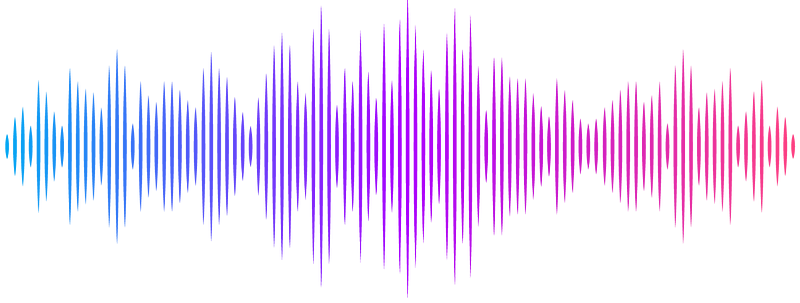Neural crest cell derived DKK1 modulates Wnt signalling in the second heart field to orchestrate cardiac outflow tract development

Neural crest cell derived DKK1 modulates Wnt signalling in the second heart field to orchestrate cardiac outflow tract development
Wiszniak, S.; Alankarage, D.; Lohraseb, I.; Marchant, C.; Secker, G.; Parker, W.; Toubia, J.; White, M.; Piltz, S.; Tondl, M.; Giannoulatou, E.; Winlaw, D.; Blue, G. M.; Congenital Heart Disease Synergy Group, ; Tam, P. P. L.; Thomas, P.; Harvey, N.; Dunwoodie, S. L.; Schwarz, Q.
AbstractHeart morphogenesis is highly complex, and depends on the generation of diverse cell types which interact with each other in an orchestrated manner to remodel the primitive heart tube into a functional organ. Cardiac outflow tract formation critically depends on continued contribution of cardiac progenitor cells from the anterior second heart field to ensure proper growth of the outflow tract. Prior to entering the outflow tract, neural crest cells migrate in close apposition to the second heart field and may play important roles in regulating second heart field growth dynamics, however the molecular mechanisms by which neural crest cells interact with the second heart field have remained elusive. Here, we discover that neural crest cells are a primary source of Dickkopf1 (DKK1), a secreted Wnt signalling inhibitor, which modulates Wnt signalling activity in the second heart field to impose a balance between progenitor maintenance and differentiation. Further, we identify the ubiquitin ligase NEDD4 as a critical regulator of DKK1 levels, with disruption of Nedd4 activity leading to outflow tract defects. In the context of disease pathogenicity, we show a novel human congenital heart disease variant of NEDD4 has lost the ability to ubiquitinate DKK1, and is associated with heart defects in a mouse model of the genetic variant. Our findings point to an unexpected role for neural crest cells acting as a rheostat of Wnt signalling activity in cardiac progenitors, identifying a new molecular pathway underpinning correct outflow tract morphogenesis, and a new causative factor of congenital heart disease.